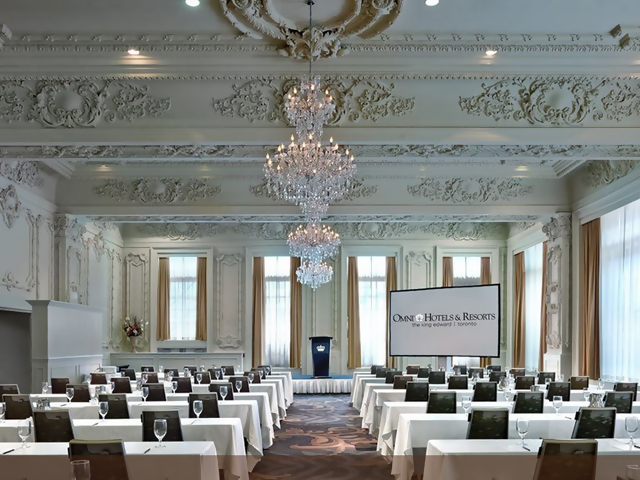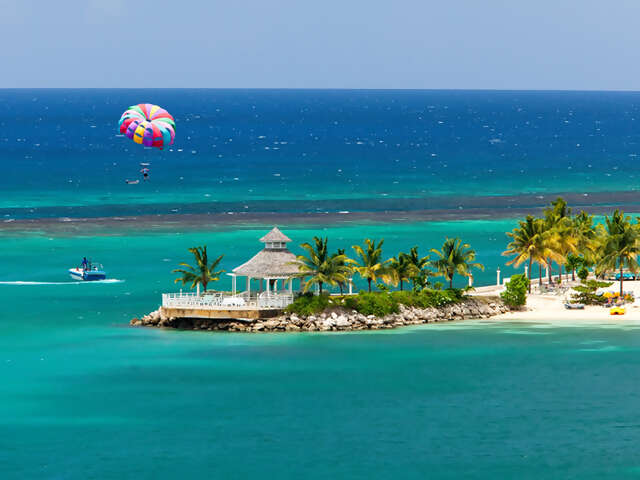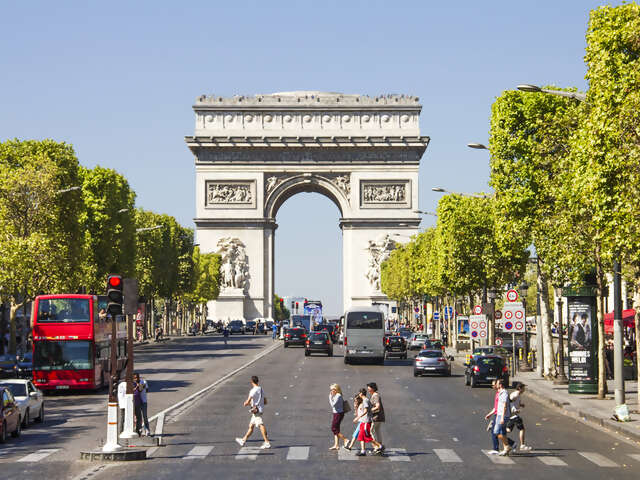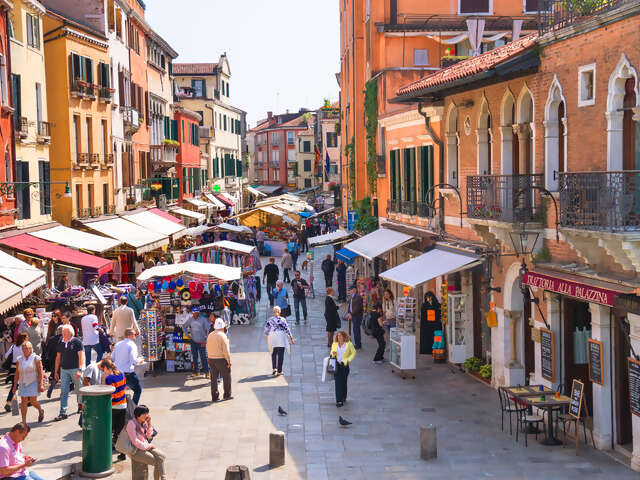What to Order at the Bar in... Mediterranean Travel Destinations
When you imagine an escape to the sunny, sensuous Mediterranean, what drink are you ordering at the bar? Lynn Elmhirst, BestTrip.TV's producer/ host, shares her favorites. I once traveled with a cameraman...
Read MoreTop 10 Reasons to Travel to Croatia
From an isolated backwater behind the Iron Curtain, Croatia has transformed itself into Eastern Europe's 'Riviera'. Sun worshippers discovered the miles of sunny, pristine beaches and dramatic cliffs of the Dalmatian...
Read MoreLook up! Tips from an Interior Designer to Take Travel Home
The inspiration we get from the new spaces we experience is one of the reasons we travel. It's even better when we can translate that inspiration from our travels into...
Read MoreWho takes care of what bills for a Destination Wedding?
Make no mistake. Destination weddings can be pricey, but not if you know how to make them work. Besides, the fact that you will host your wedding at your dream...
Read MoreCouples Tower Isle
The Couples Tower Isle is an iconic Jamaican resort that exudes a cozy and chic sophistication of Caribbean sensuality. The resort is a glamorous, all-inclusive retreat that features the sweeping...
Read MoreBest Places to Shop in Paris
Paris, the capital of France, is not only one of the most sought holiday destinations but also the shopping destination of choice by discerning travelers.
Read MoreNotable Reasons Why People Travel
People also travel to rejuvenate and unwind. Sometimes you feel like tipping over and the only way to refocus is to get away from it all.
Read MoreVideo: The Night Train to Chiang Mai, Thailand
Perhaps you are thinking…Thailand is an over-sensitized destination. Well, this would not be your sentiments if you can venture out of Bangkok. In fact, I challenge you to try other...
Read MoreSpotlight on Omar El Khayam
For a cruising vessel, the Omar El Khayam has outdone itself. It features a gym, a sauna with massage services, a pool and a Jacuzzi. It carries 160 passengers on...
Read MoreAlbergo Marin
The Albergo Marin is a boutique hotel located just a few steps from the Bus Terminal of Piazzale Roma and Venezia S.Lucia Train Station. If you have been looking for...
Read More








